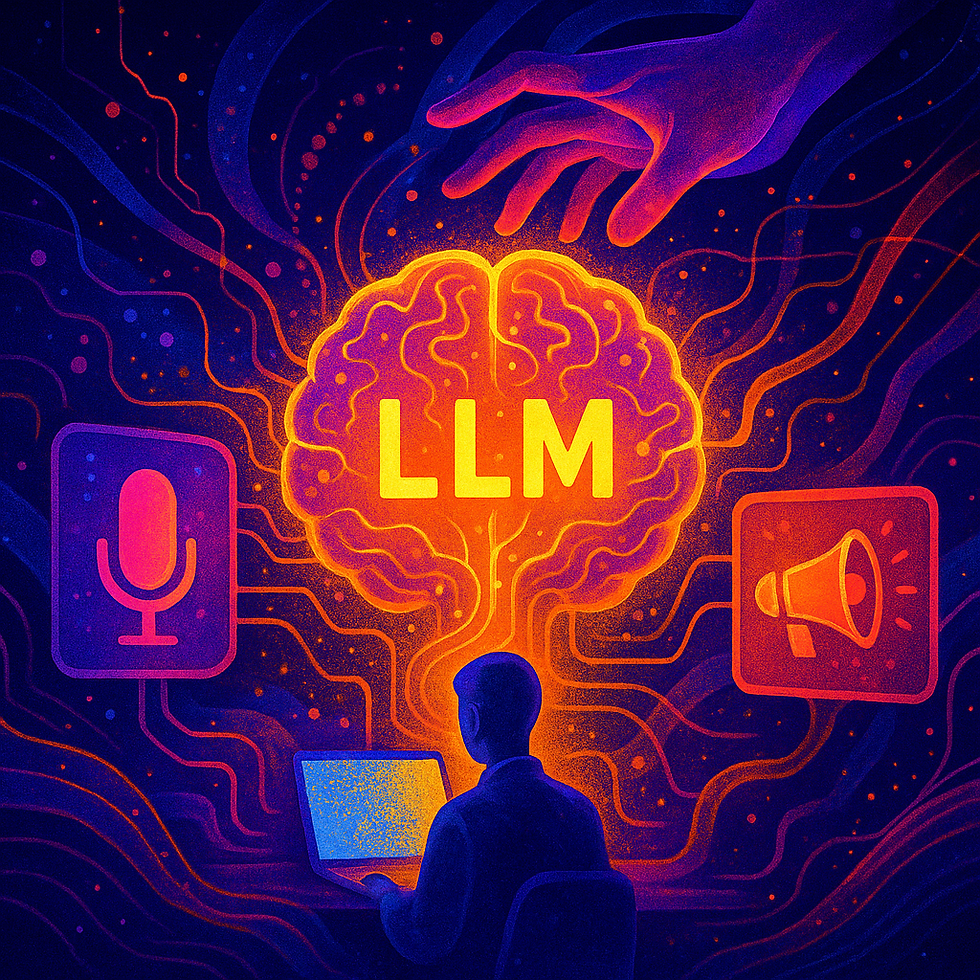
BEST PRACTICES, HEALTHCARE, RESEARCH, UX INSIGHTS
UX in Healthcare: The Essentials of Conducting Interviews With Patients
3
MIN
Apr 24, 2025
It’s encouraging to see the medical industry acknowledging the value of patient-/user-centered development, as user engagement research greatly enhances the safety and efficacy of healthcare products.
The engagement of especially patients can however bear many challenges when it comes to conducting interviews with participants of special patient groups, e.g., patients with Alzheimer’s disease.
It's all about trust and comfort
Creating personalized, user-centered healthcare experiences requires a deep understanding of how patients live with their conditions. This means diving into the challenges, concerns, and pain points they face daily. However, we cannot assume that patients bring up relevant information or concerns related to their disease by themselves. Why? Many patients struggle to share intimate details about their health with strangers, which we are, especially when we don’t have a medical background.
Our highest goal as moderators should be to make our participants feel comfortable and secure during the session. We must prioritize their emotional and physical well-being over the tasks we aim to accomplish in the interview. Transparency is key: inform patients in advance about the session's format— session duration, setup & tasks to be done, safety considerations, presence of observers, and whether it will be recorded. This preparation allows patients to feel more at ease and voice any discomfort upfront.
…which is even more crucial in remote sessions.
In remote settings, maintaining a connection between interviewer and participant is essential. Beyond turning on your camera, maintain eye contact, use facial expressions, and pay attention to body language to convey empathy and signal understanding. Keep the environment quiet and free from distractions to ensure a focused conversation.
Remain flexible
Disabilities arising from diseases or due to other factors need to be considered when conducting interviews – and this is especially crucial in healthcare. Interviewing patients with disabilities requires flexibility. Consider in-home testing as an alternative to lab-based research, especially if travelling might be a challenge for participants. Allowing a caregiver to accompany the participant can also provide additional comfort. Providing detailed information beforehand helps participants know what to expect, reducing anxiety and increasing their comfort with the session.
My tips for good research:
Don’t rush!
Give participants time to gather their thoughts. Pressuring them can be counterproductive, leading to less valuable insights. In my experience, patients who are initially reluctant to share details often open up as they become more comfortable.
Allow participants to gather their thoughts as needed, and avoid trying to get information from them with all the moderation tricks you know. Pressuring them can be counterproductive, leading to less valuable insights. In my experience, patients who are initially reluctant to share details often open up as they become more comfortable. After spending an hour with me in a room, participants appeared to be less tense and more comfortable in my presence. So, if you have the feeling that they are not ready to talk with you in detail about their mental and/or physical state, try asking again at the end of the interview.
Be a great listener
Listen more than you speak, and pay close attention to both verbal and non-verbal cues. Patients’ body language can reveal discomfort or hesitation, especially when discussing sensitive topics like pain. Also, be aware of your own body language and facial expressions. Give comforting smiles, show interest in what participants tell you, sit squarely, have an open posture, lean forward, make eye contact and relax.
Be prepared
It is essential that you make yourself familiar with the disease and its symptoms and specifications beforehand. Are there any special needs? What possible situations can occur during the interview? Knowledge about their special needs can also contribute to their comfort and can minimize risks for patients. For example, think about their special needs when selecting the test location, e.g., do they sit in a wheelchair? Try to find a location that accessible. Do they have a walking aid? Make sure no cables from cameras are lying around in the interview room.
Conclusion
Empathetic communication and thorough preparation are essential for successful UX research in healthcare. By building trust, being empathetic, and considering the specific needs of each patient group, we can gain deeper insights and create more effective healthcare solutions. Working as UX experts in the healthcare, attention to detail isn’t just beneficial—it’s critical.
RELATED ARTICLES YOU MIGHT ENJOY
AUTHOR
Tabea Daunus
Tabea is one of our UX researchers in Hamburg who has been conducting user research studies since 2015. As a certified medical device usability expert (TÜV), she is primarily interested in the area of medical device usability / human factors research. Standards and guidelines do not scare her, and she likes to work with attention to details. Next to research she is responsible for the quality (ISO 9001) and information security management (TISAX) at uintent.





.png)















